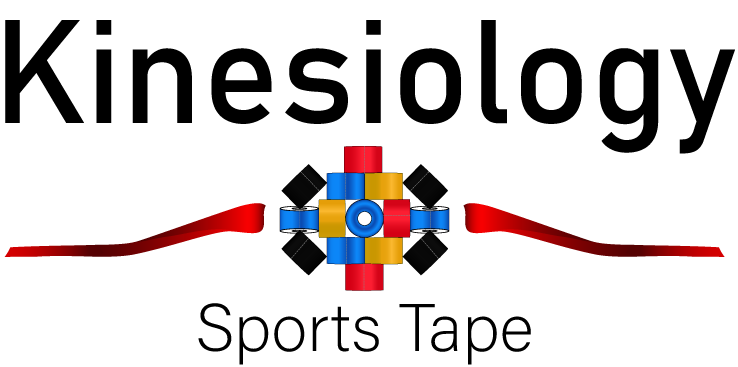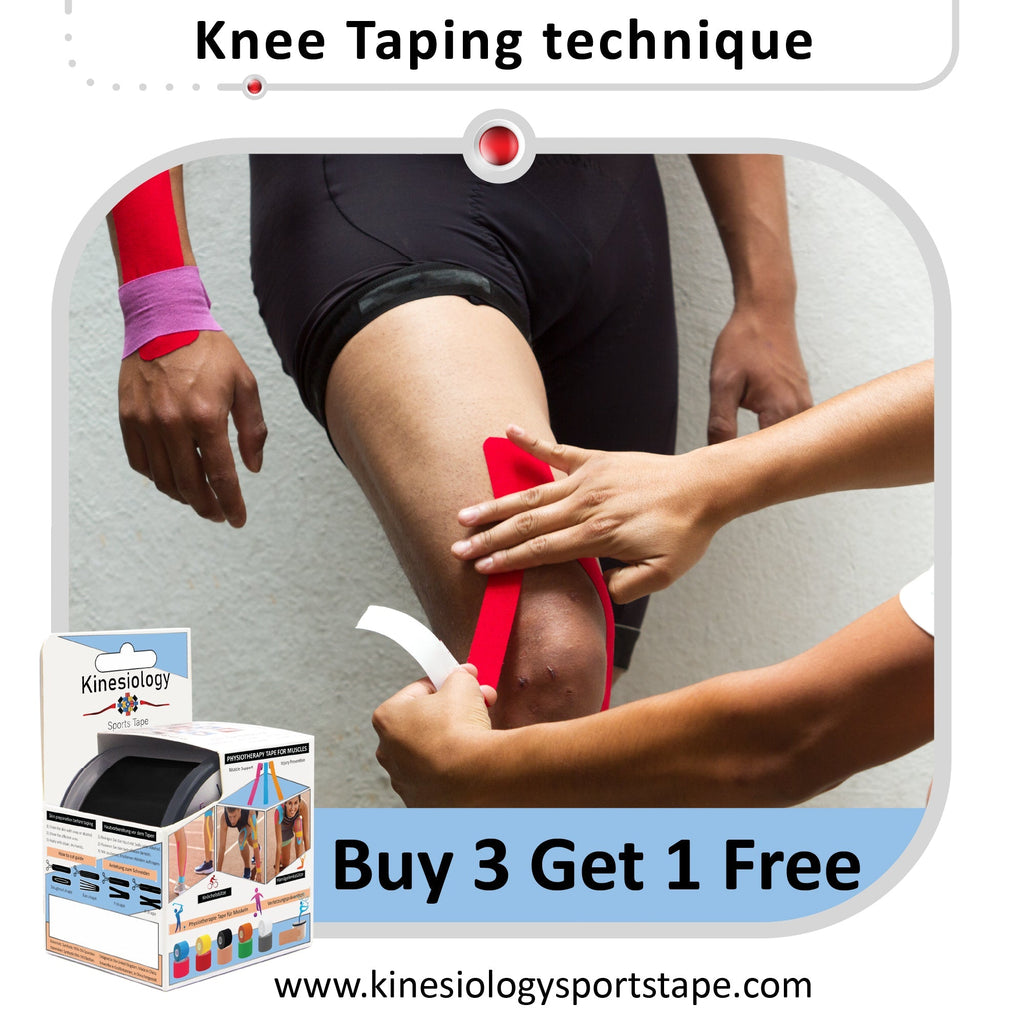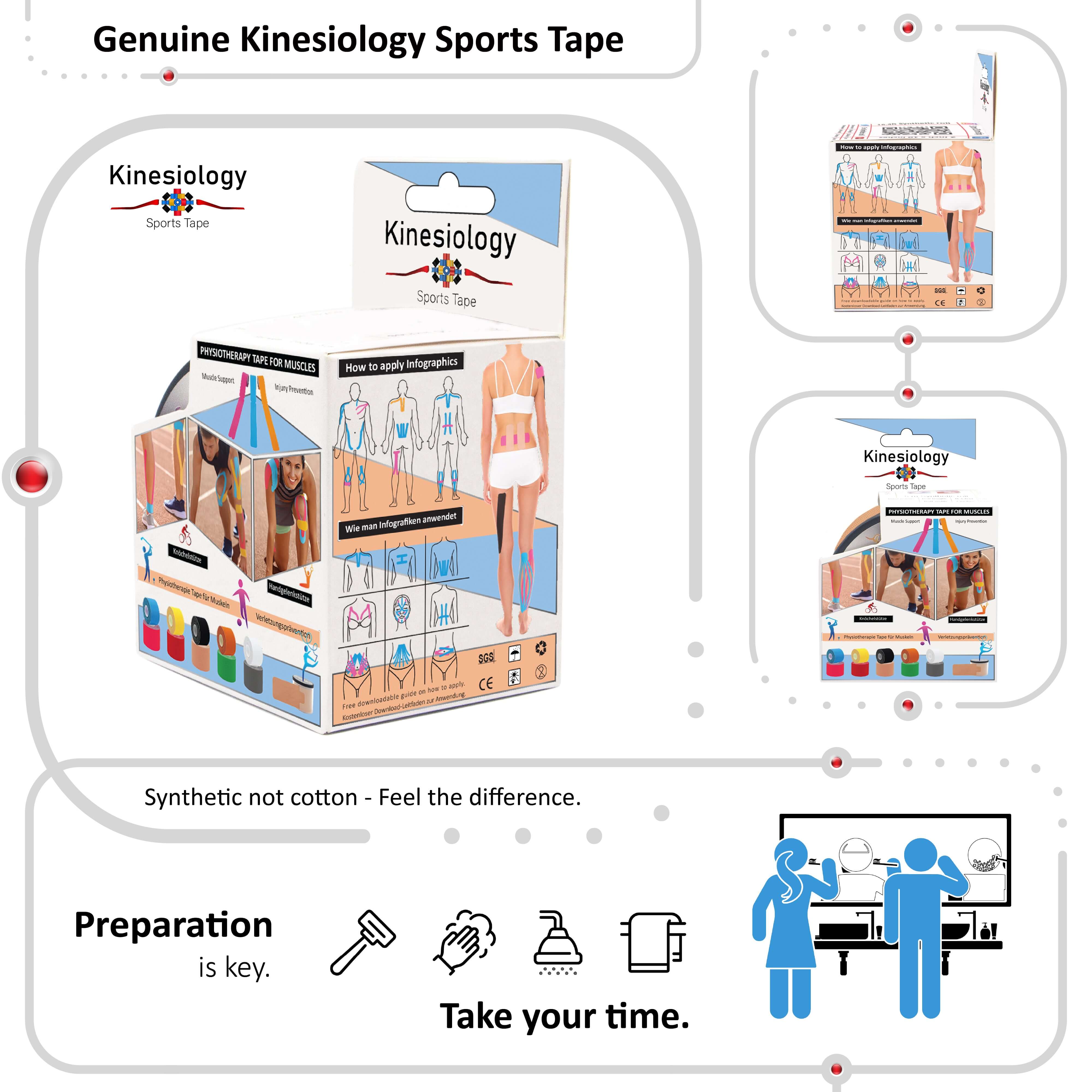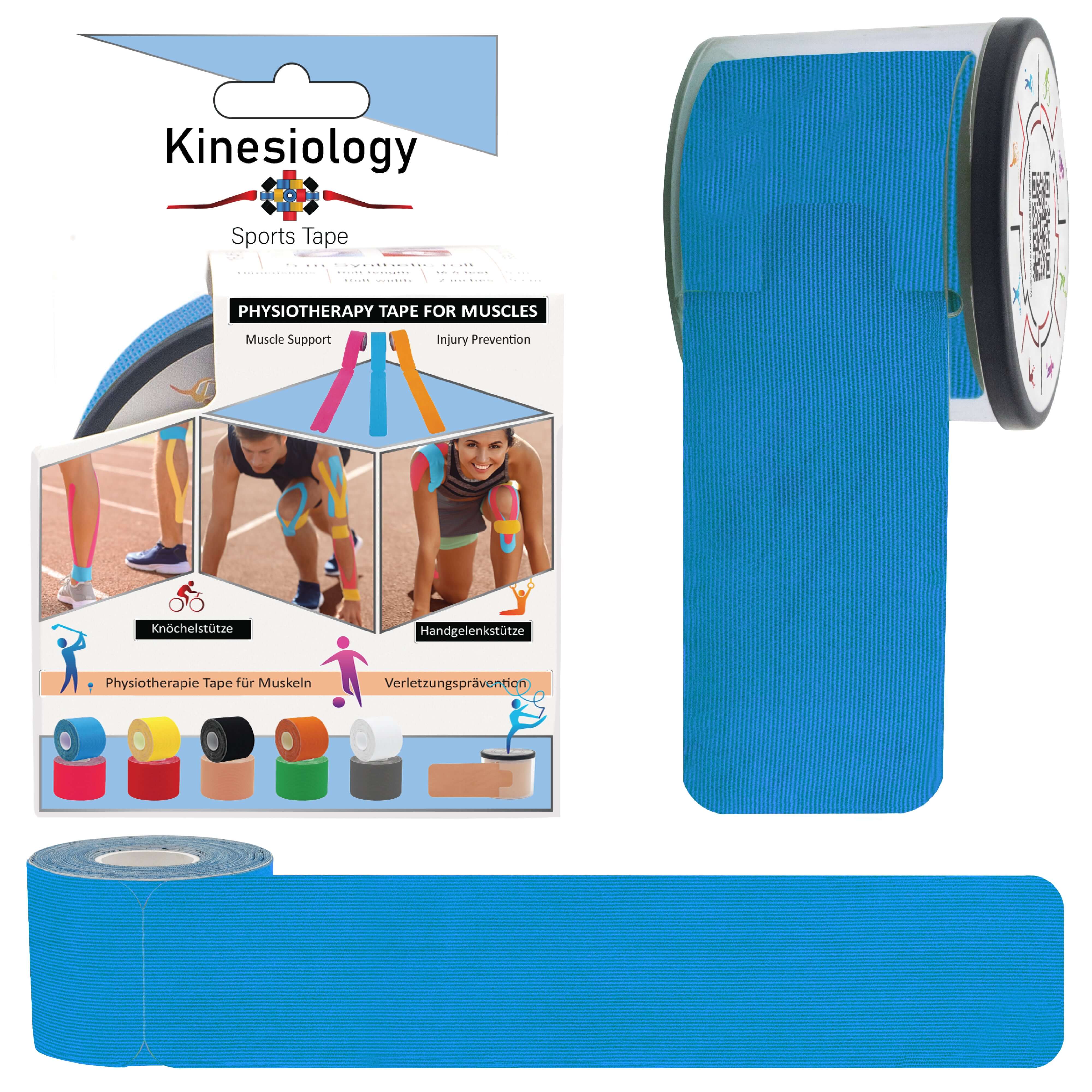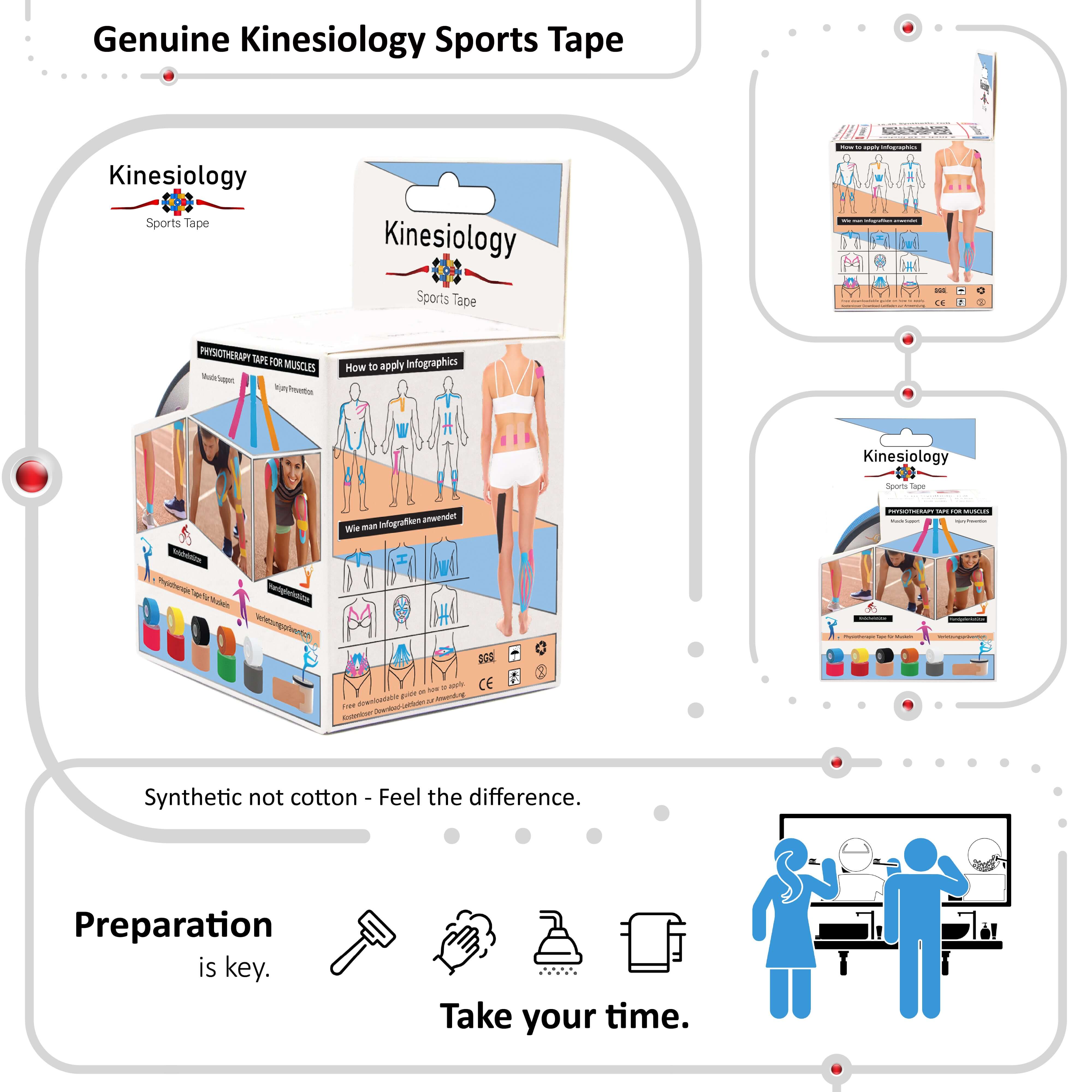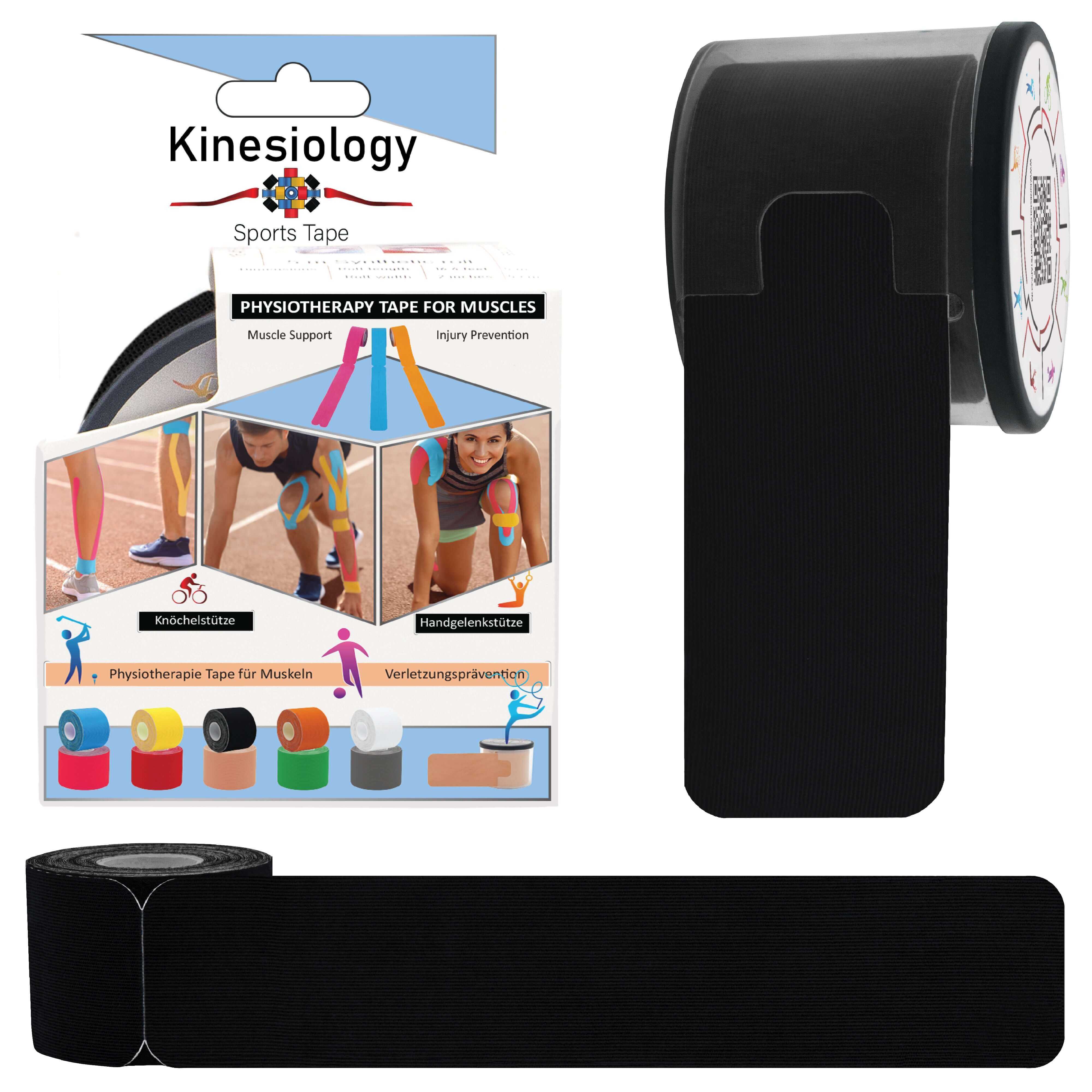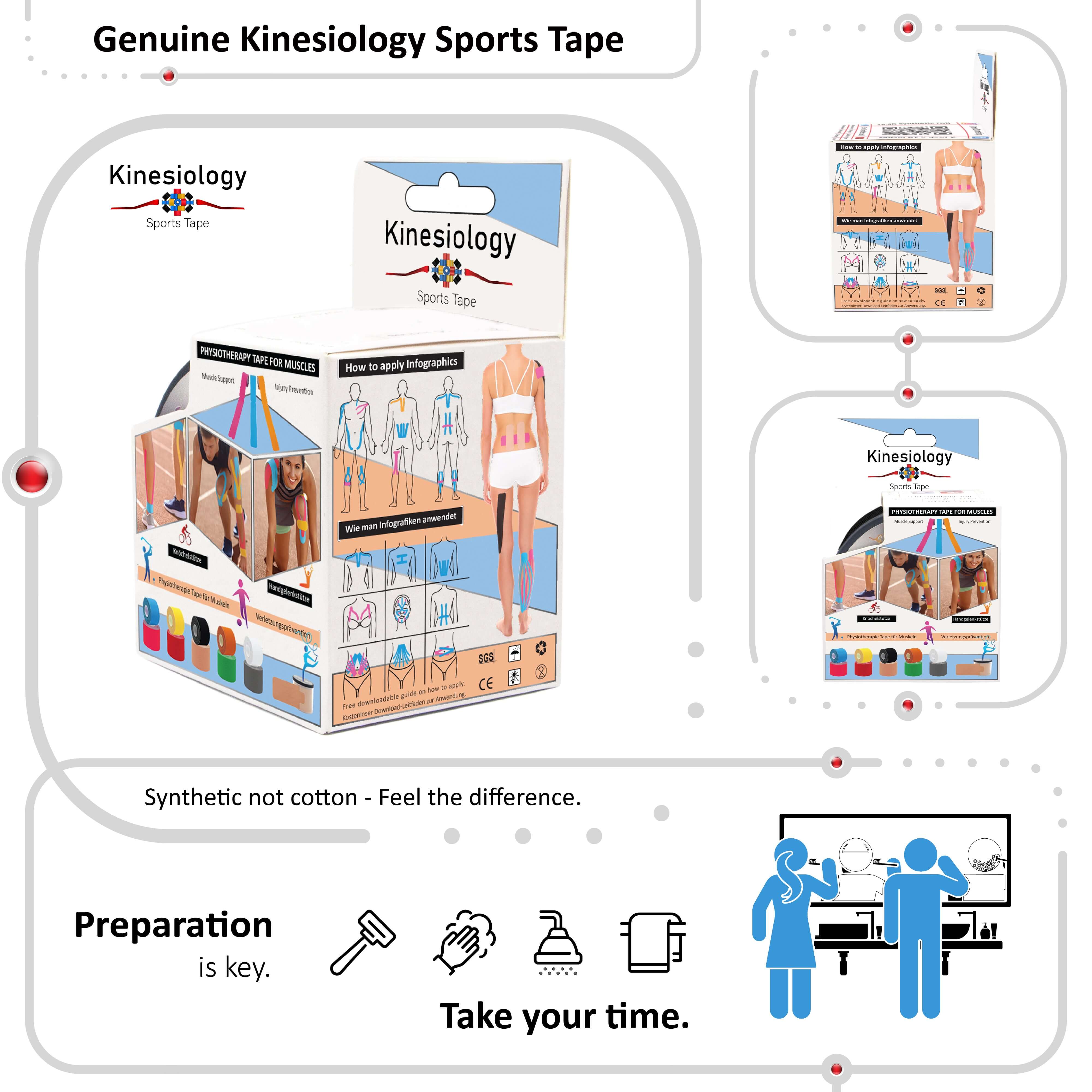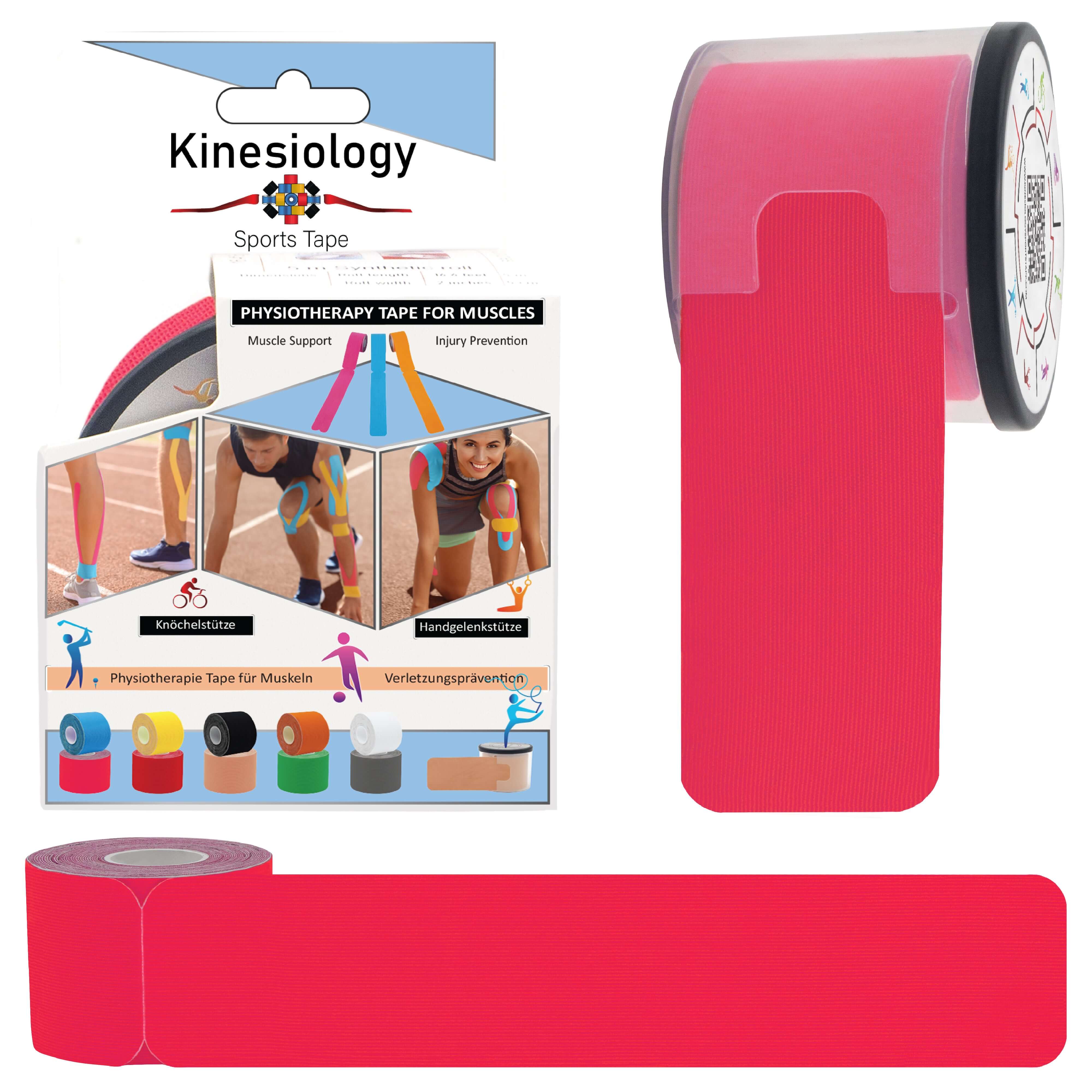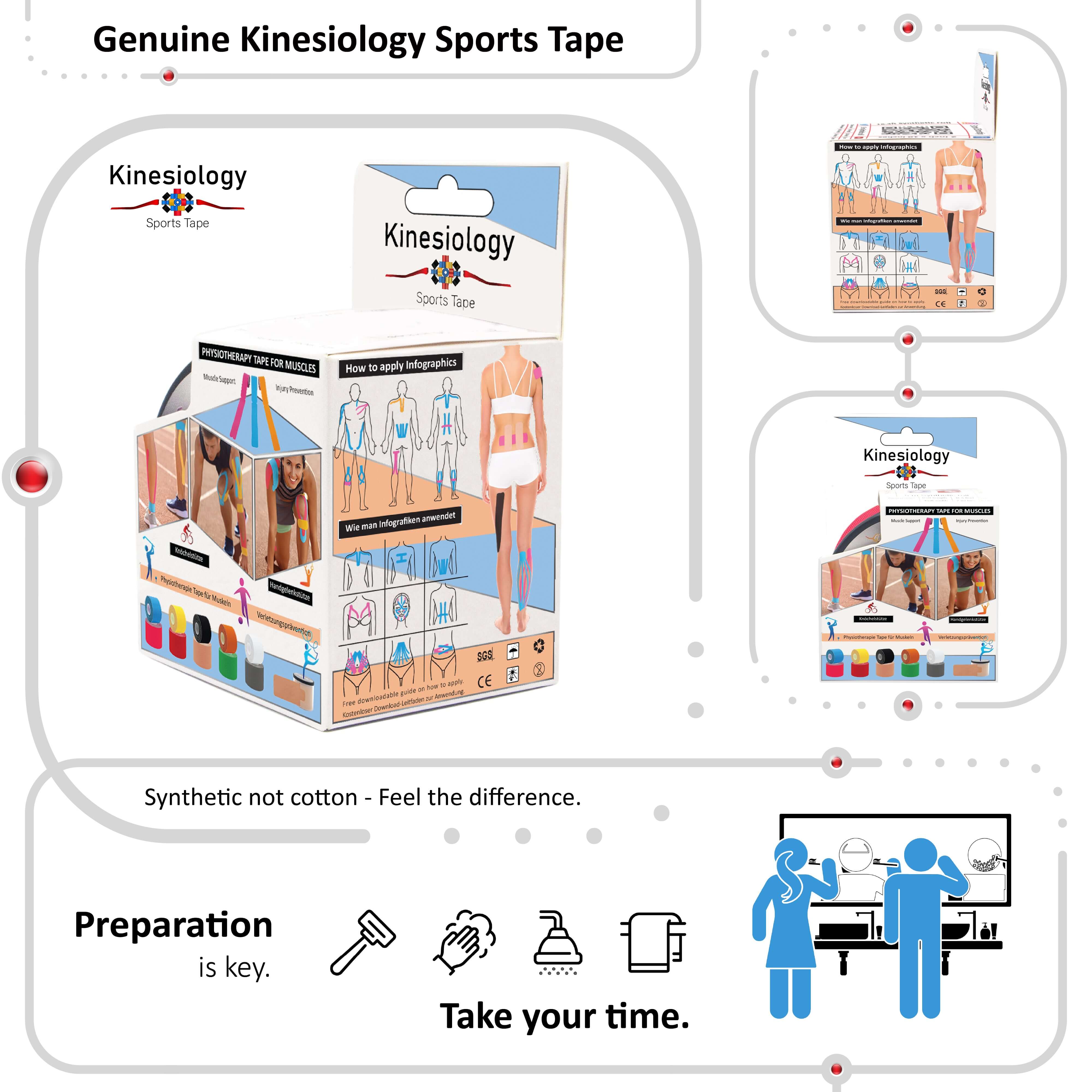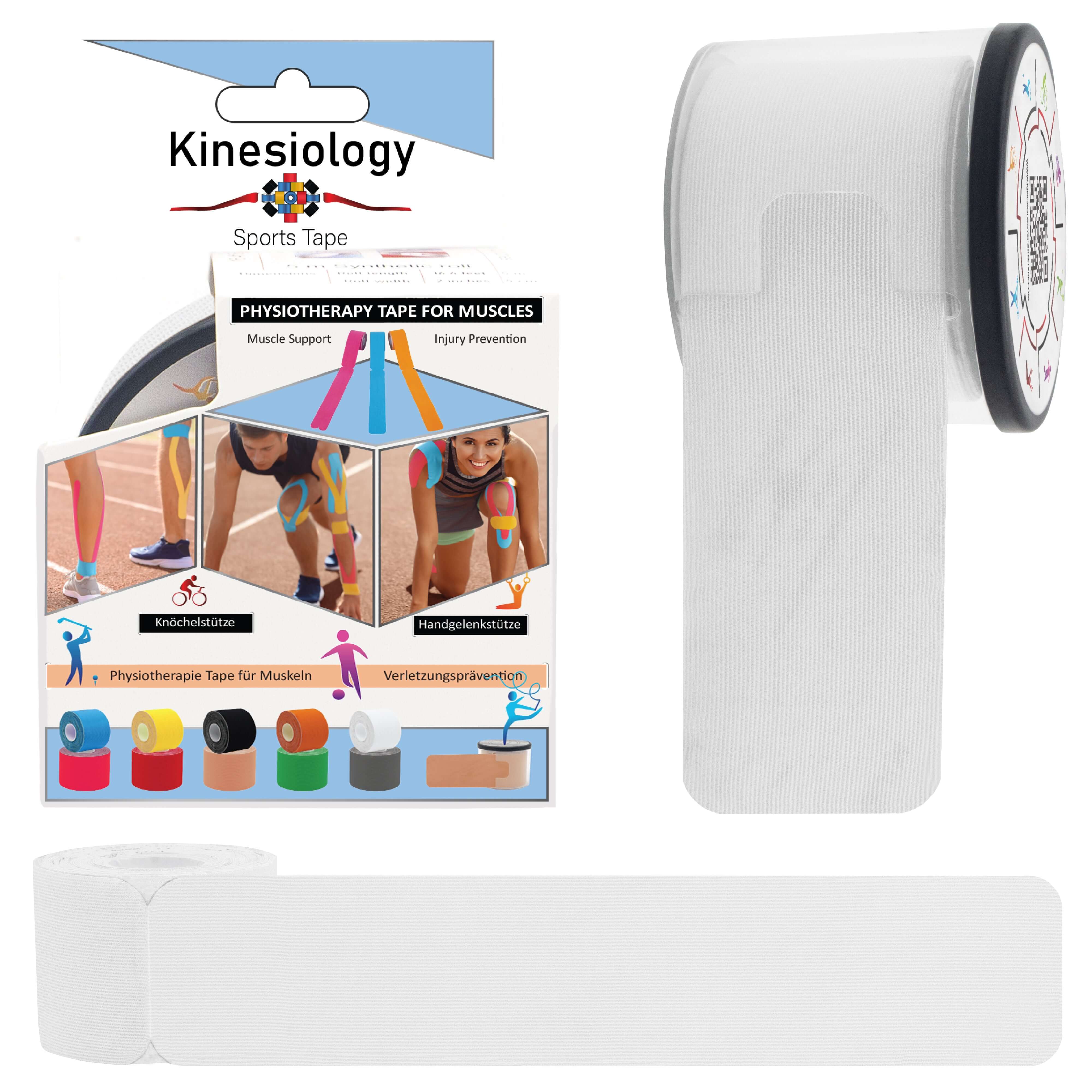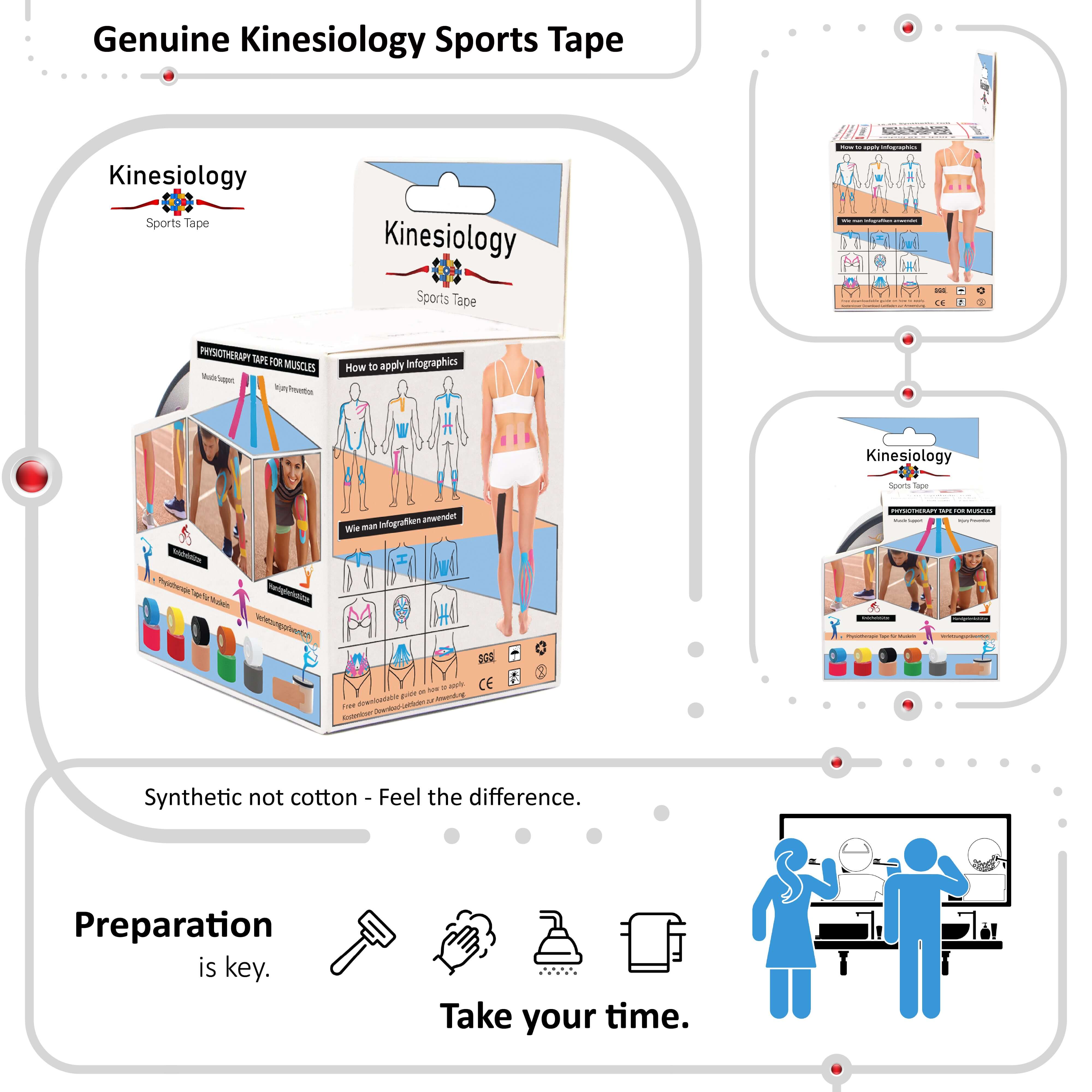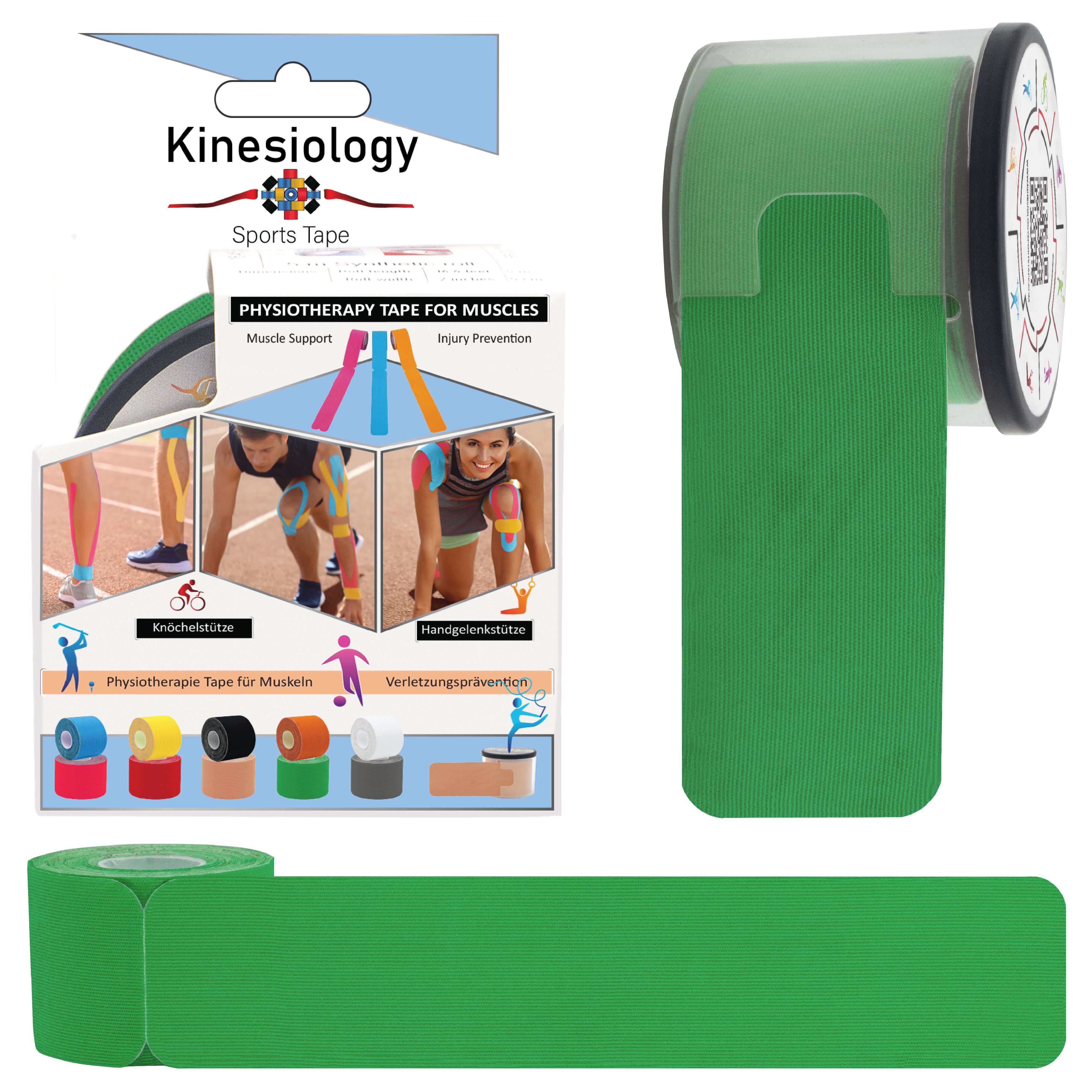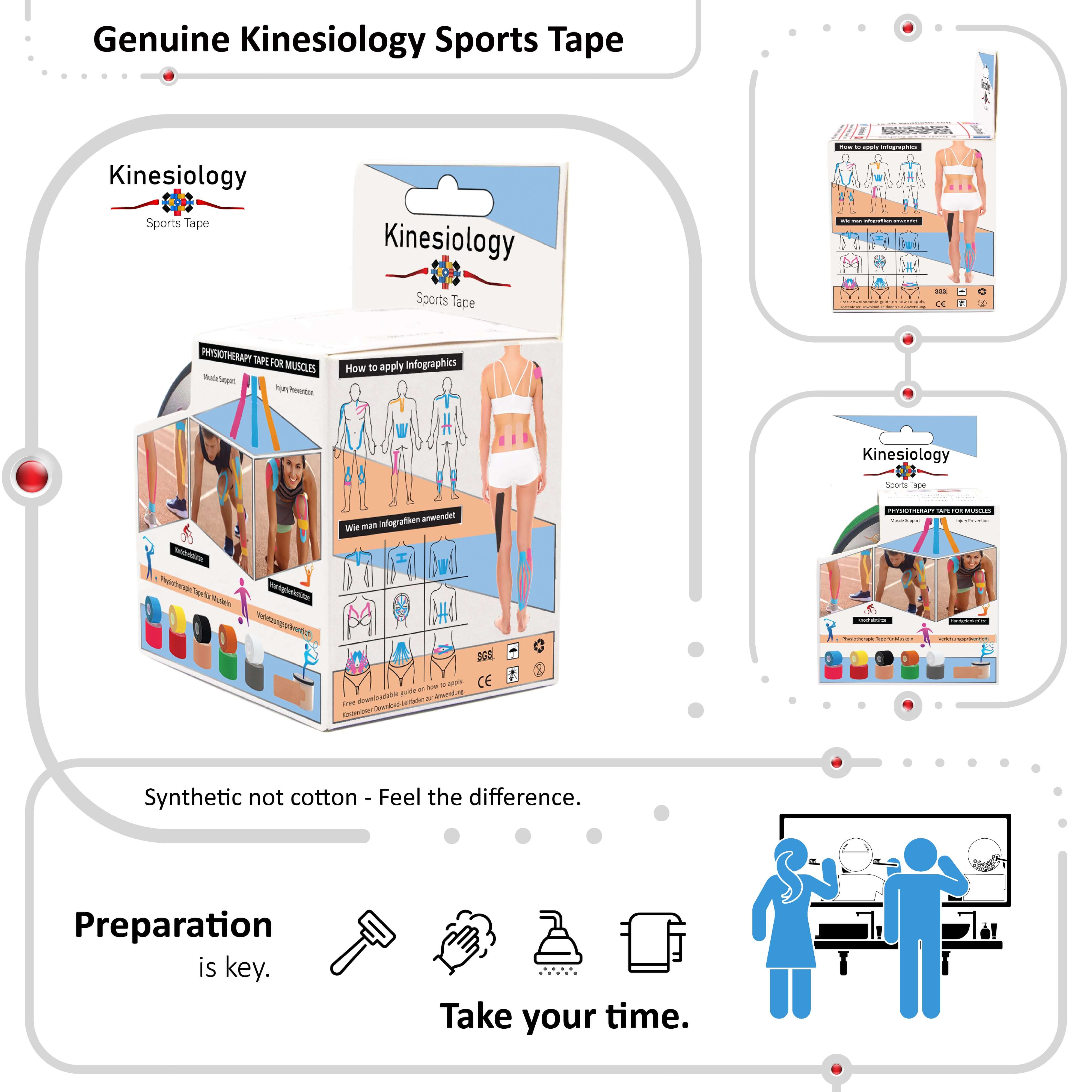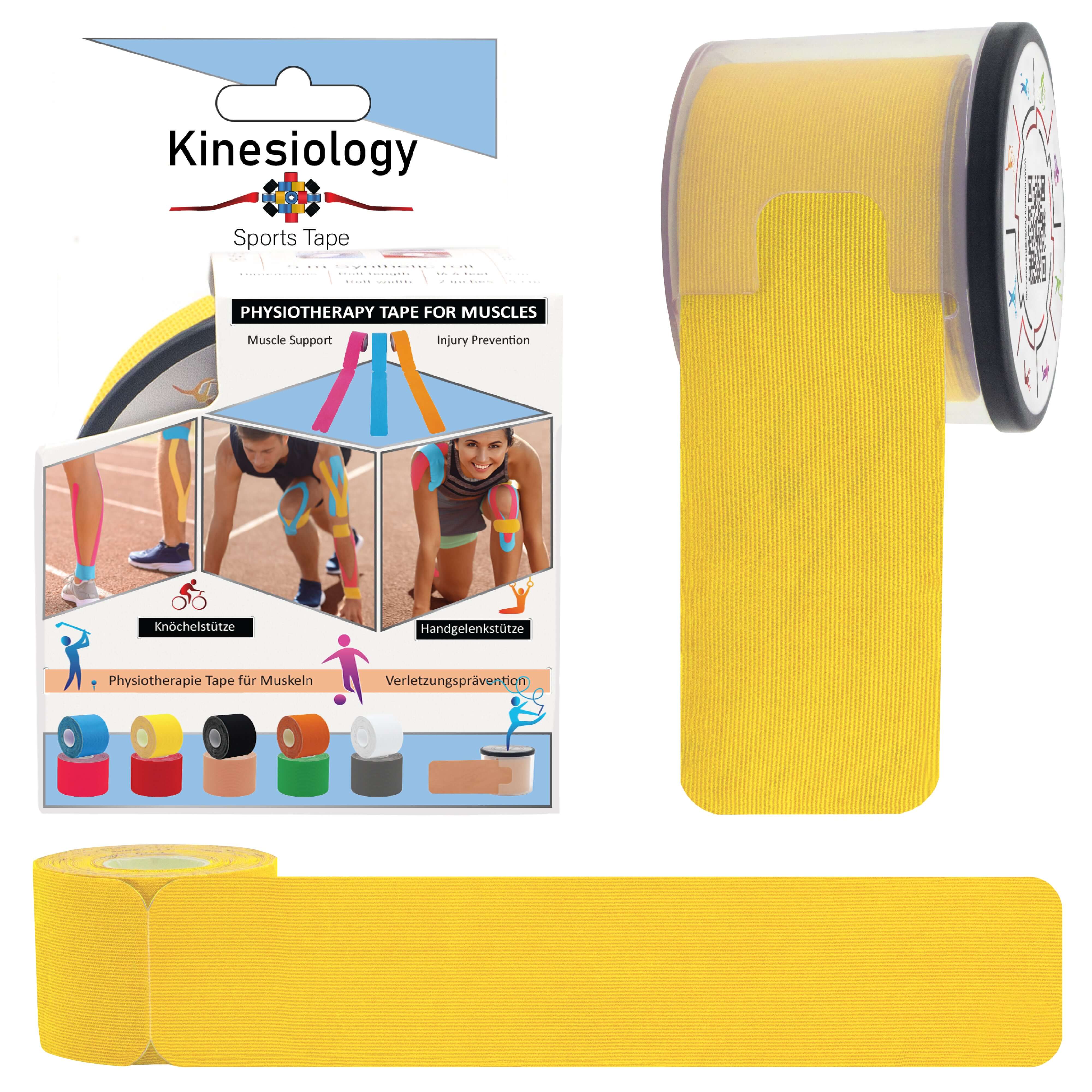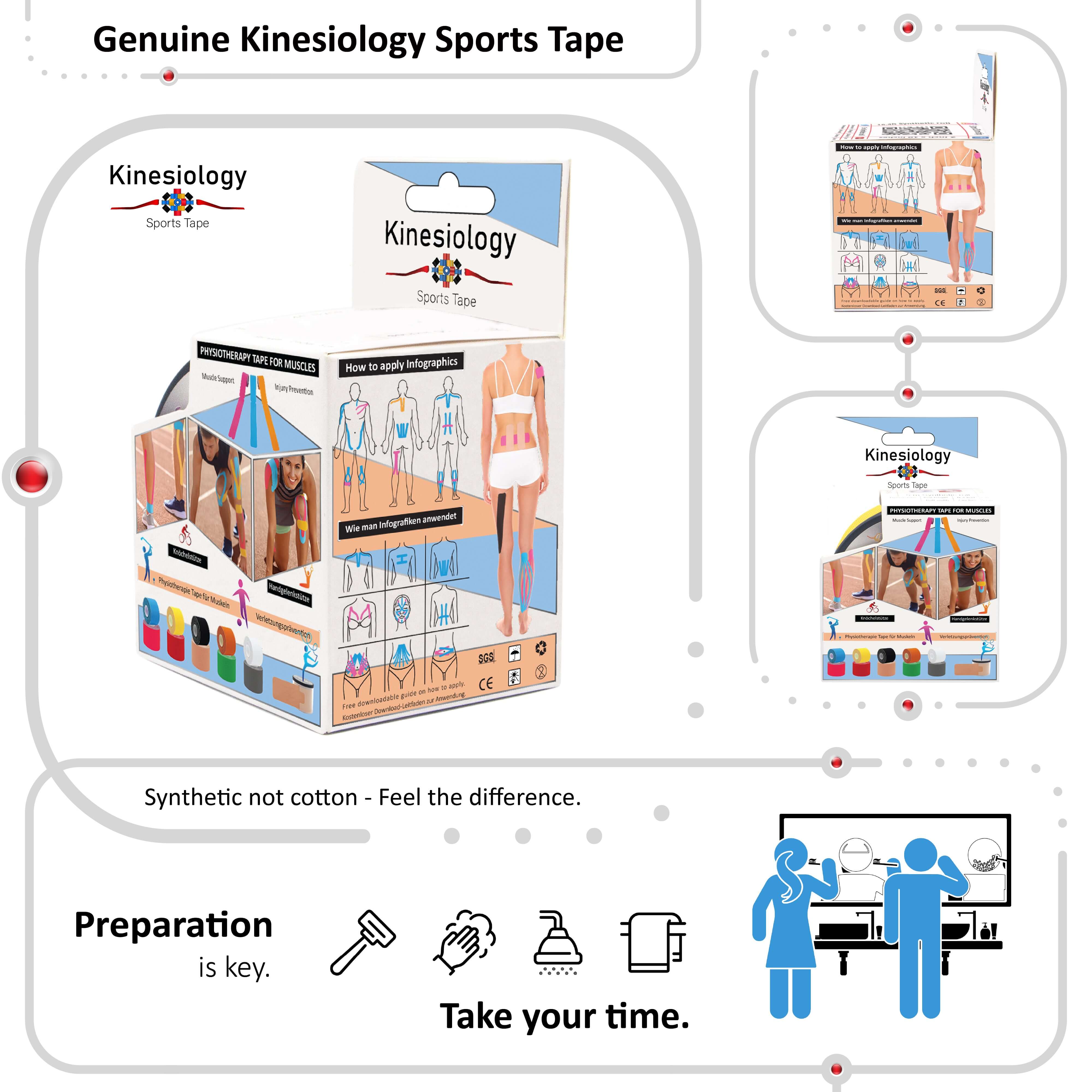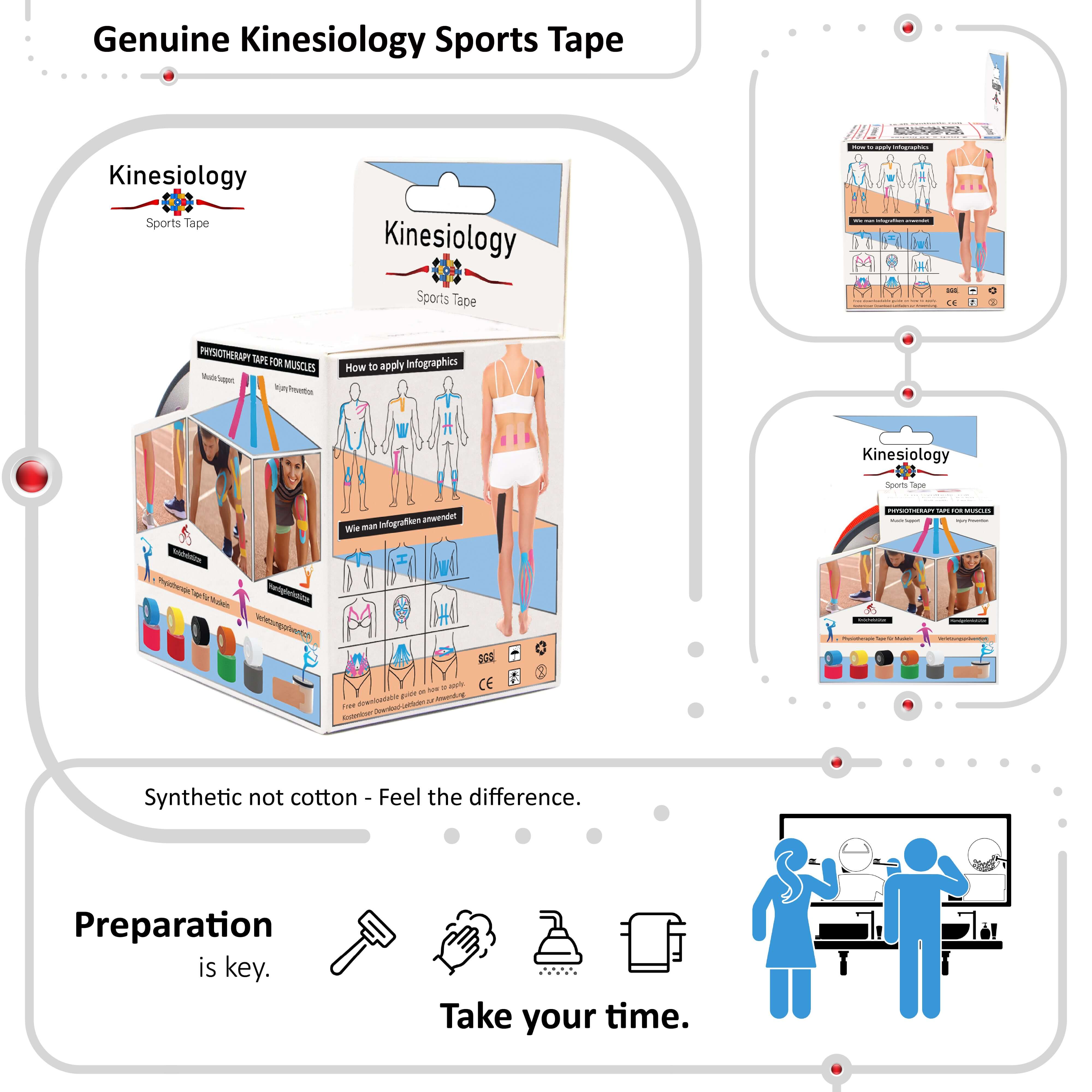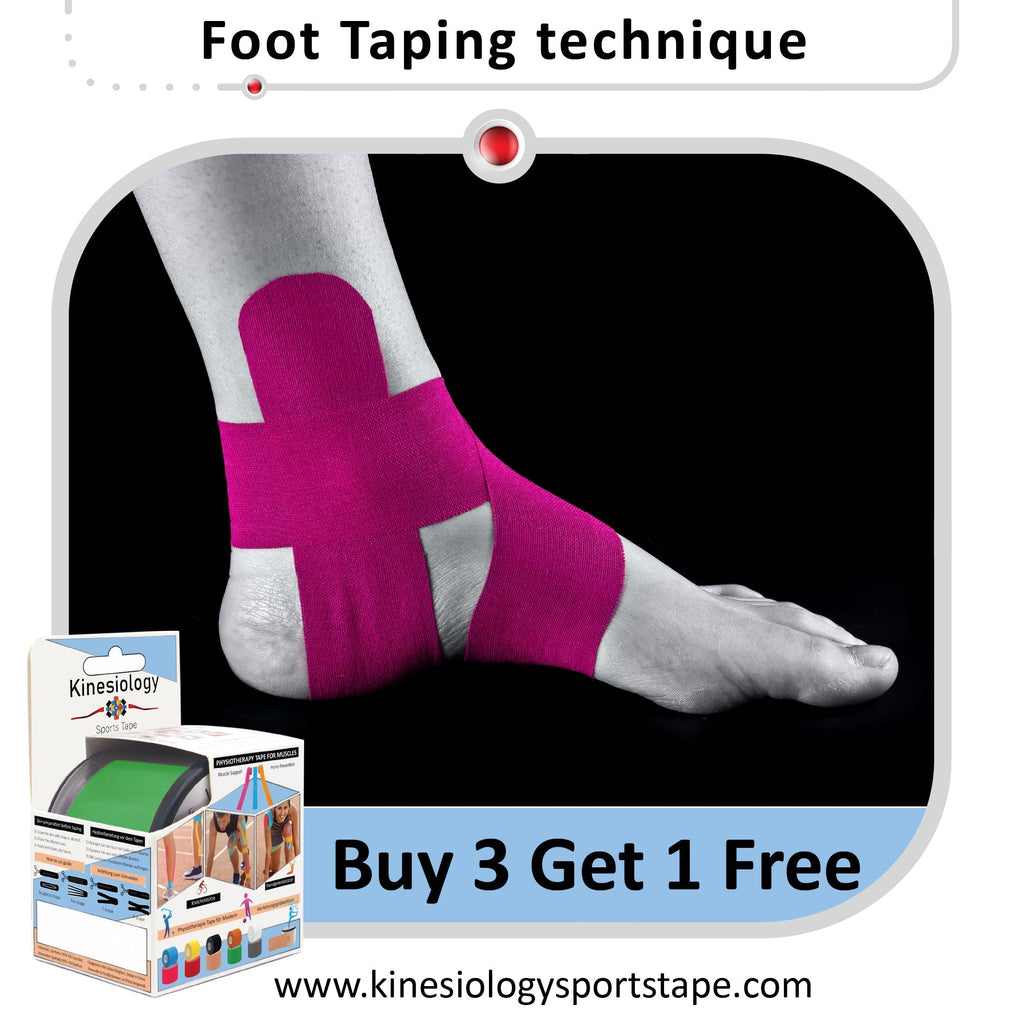
Kinesiology Tape for Plantar Fasciitis: Complete Pain Relief and Recovery Guide

Introduction
Plantar fasciitis affects millions of people worldwide, causing debilitating heel and arch pain that can significantly impact daily activities and quality of life [66]. This common condition involves inflammation and degeneration of the plantar fascia, a thick band of tissue that supports the arch of the foot and connects the heel bone to the toes.
Traditional treatment approaches for plantar fasciitis often involve rest, stretching, orthotics, and anti-inflammatory medications [67]. While these interventions can be effective, they may not provide immediate relief or may interfere with daily activities and exercise routines. Kinesiology tape offers a unique approach that can provide pain relief and support while allowing continued activity.
The application of kinesiology tape for plantar fasciitis addresses multiple aspects of the condition simultaneously, including pain reduction, mechanical support, improved circulation, and biomechanical correction [68]. Understanding proper application techniques and treatment protocols is essential for maximizing therapeutic outcomes.
Understanding Plantar Fasciitis Pathophysiology
The plantar fascia serves as a critical structure in maintaining foot arch integrity and facilitating efficient force transmission during walking and running [69]. When subjected to excessive stress or repetitive loading, the fascia can develop microscopic tears and inflammatory changes that result in pain and dysfunction.
Risk factors for plantar fasciitis include biomechanical abnormalities, training errors, obesity, age-related changes, and occupational factors [70]. Understanding these contributing factors is important for developing comprehensive treatment strategies that address both symptoms and underlying causes.
The pain pattern in plantar fasciitis typically involves sharp, stabbing pain in the heel and arch that is worst with the first steps in the morning or after periods of rest [71]. This characteristic pain pattern results from the inflammatory process and the mechanical stress placed on the damaged tissue during weight-bearing activities.
Kinesiology Tape Mechanisms for Plantar Fasciitis
Mechanical support provided by kinesiology tape can help reduce stress on the plantar fascia by improving load distribution across the foot [72]. The tape can provide external support to the arch while allowing normal foot movement patterns, reducing the strain on the healing tissue.
Pain modulation through neurological pathways represents another important mechanism of action [73]. The continuous sensory input provided by the tape can help reduce pain perception through gate control mechanisms, providing relief that persists throughout the wear period.
Circulatory enhancement through the tape's lifting effect can improve blood flow and lymphatic drainage in the foot [74]. This improved circulation can help reduce inflammation, accelerate healing, and provide nutrients necessary for tissue repair.
Step-by-Step Application Techniques
Preparation for plantar fasciitis taping requires careful positioning and skin preparation [75]. Position the foot in dorsiflexion to place the plantar fascia in a lengthened position during tape application. Clean and dry the foot thoroughly, paying particular attention to areas that may be prone to moisture accumulation.
The basic plantar fascia support technique involves applying a long strip of tape from the heel to the base of the toes [76]. Apply the anchor at the heel without tension, then apply the working portion with 25-50% stretch along the length of the plantar fascia, finishing with an anchor at the toes without tension.
Arch support applications use additional strips to provide comprehensive support to the medial longitudinal arch [77]. These strips are typically applied perpendicular to the main plantar fascia strip, creating a supportive network that helps maintain arch height and reduce fascia stress.
Advanced Techniques and Protocols
Low-dye taping technique adaptation using kinesiology tape provides enhanced support for severe cases [78]. This technique involves multiple strips applied in specific patterns to provide maximum support while maintaining the flexibility advantages of kinesiology tape.
Night splinting support can be enhanced with kinesiology tape applications that help maintain foot position during sleep [79]. These applications can help prevent the plantar fascia from shortening overnight, reducing morning pain and stiffness.
Progressive loading protocols incorporate kinesiology tape as part of a graduated return to activity program [80]. The tape provides support and confidence during the early stages of rehabilitation while tissues heal and strengthen.
Treatment Integration and Outcomes
Combining kinesiology tape with other conservative treatments can enhance overall outcomes [81]. The tape can support the effects of stretching exercises, strengthen weak muscles, and provide pain relief between treatment sessions.
Expected timelines for improvement vary depending on the severity and duration of symptoms [82]. Many individuals experience immediate pain relief with taping, while structural healing may take several weeks to months of consistent treatment.
Monitoring progress involves tracking pain levels, functional capacity, and tape effectiveness [83]. Adjustments to taping technique, tension, or frequency may be necessary based on individual response and symptom progression.
FAQ Section
Q: How long does plantar fasciitis tape take to work?
A: Many people experience immediate pain relief, with continued improvement over several days of wear [84].
Q: Can I walk immediately after applying the tape?
A: Yes, kinesiology tape is designed to allow immediate return to normal activities [85].
Q: Should I tape my foot every day?
A: Tape can be worn continuously for 3-7 days, then replaced as needed based on symptoms [86].
Q: Can kinesiology tape cure plantar fasciitis permanently?
A: Tape provides symptomatic relief and supports healing but works best as part of comprehensive treatment [87].
Q: What's the best technique for severe heel pain? A: Severe cases may benefit from combination techniques that provide maximum support and pain relief [88].
References
[66] https://www.mayoclinic.org/diseases-conditions/plantar-fasciitis/symptoms-causes/syc-20354846 [67] https://www.healthline.com/health/plantar-fasciitis [68] https://www.verywellhealth.com/treat-your-plantar-fasciitis-with-kinesiology-tape-2696033 [69] https://www.ncbi.nlm.nih.gov/pmc/articles/PMC4395677/ [70] https://www.orthoinfo.aaos.org/en/diseases--conditions/plantar-fasciitis-and-bone-spurs/ [71] https://www.webmd.com/pain-management/plantar-fasciitis [72] https://www.kttape.com/blogs/how-to-apply/plantar-fasciitis [73] https://www.physio-pedia.com/Plantar_Fasciitis [74] https://www.performancehealth.com/articles/plantar-fasciitis-taping [75] https://sporttape.co.uk/blogs/news/plantar-fasciitis-taping [76] https://www.therabandktape.com/videos/plantar-fasciitis.html [77] https://tapegeeks.com/blogs/news/plantar-fasciitis-taping-guide [78] https://www.healthandcare.co.uk/blog/plantar-fasciitis-taping-guide.html [79] https://www.verywellhealth.com/night-splints-for-plantar-fasciitis-2696199 [80] https://www.runnersworld.com/health-injuries/a20791711/plantar-fasciitis-treatment/ [81] https://www.mayoclinic.org/diseases-conditions/plantar-fasciitis/diagnosis-treatment/drc-20354846 [82] https://www.healthline.com/health/plantar-fasciitis-recovery-time [83] https://www.verywellhealth.com/plantar-fasciitis-treatment-2696198 [84] https://coastalorthopedics.com/blog/plantar-fasciitis-taping/ [85] https://oaidocs.com/plantar-fasciitis-kinesiology-tape/ [86] https://therapypartnersgroup.com/plantar-fasciitis-taping/ [87] https://www.premierhealth.com/plantar-fasciitis-treatment [88]
